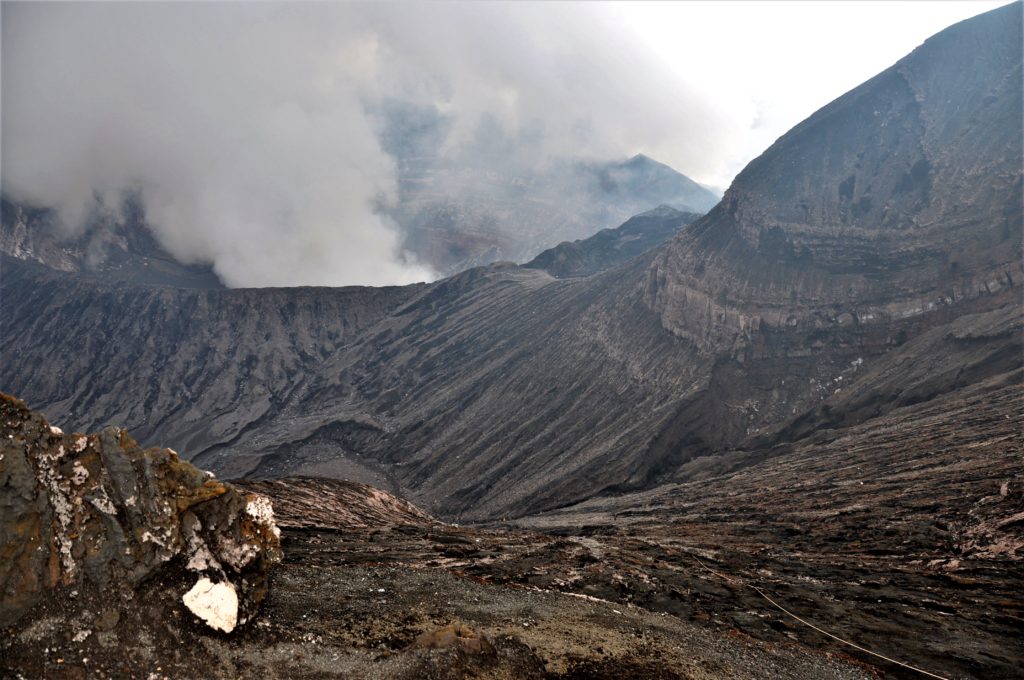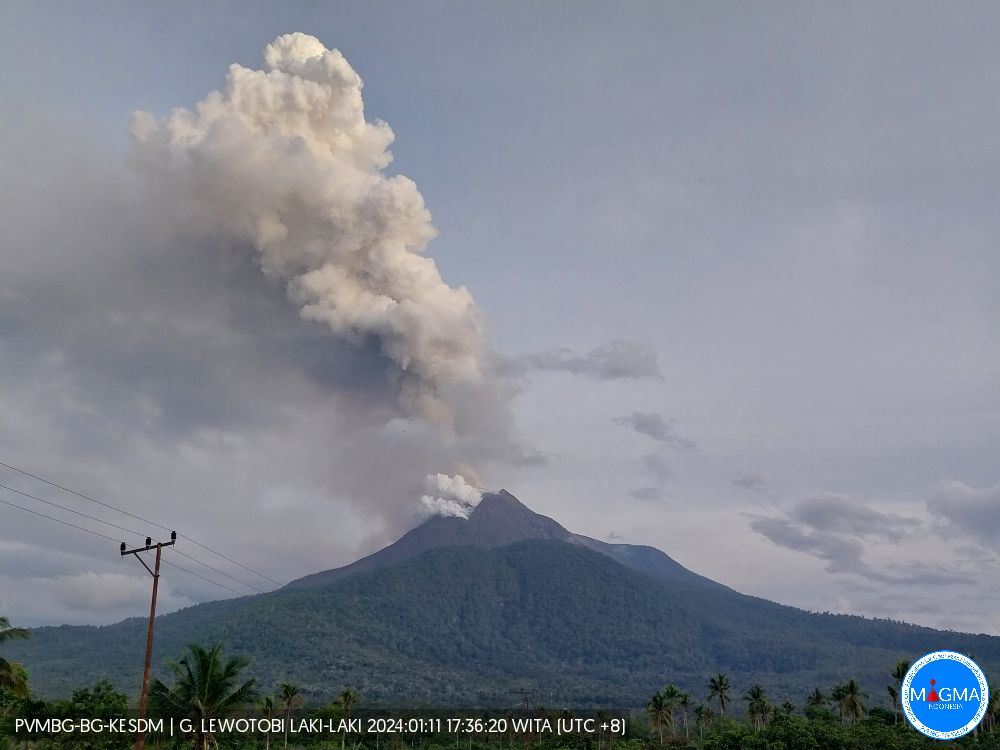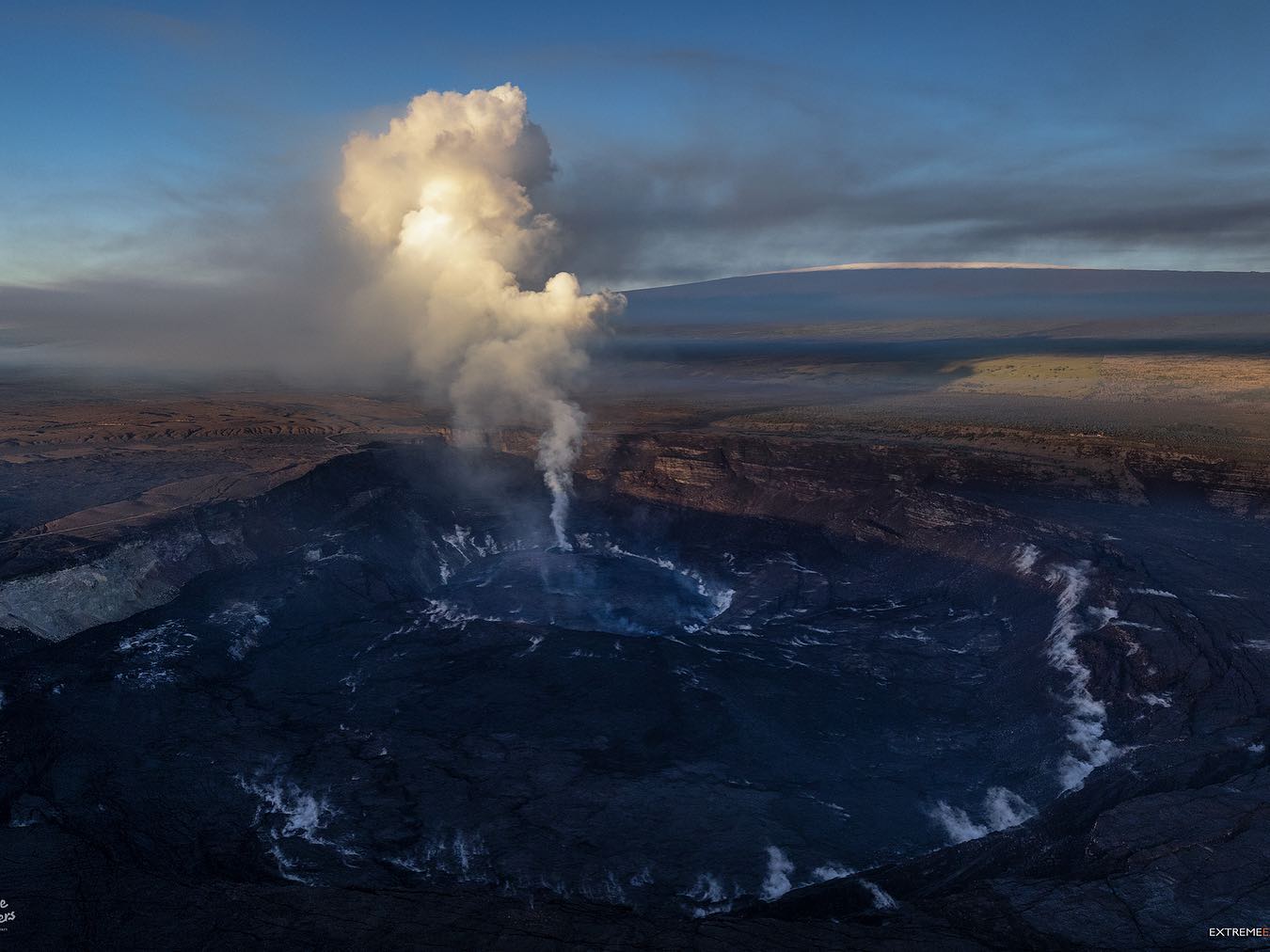January 23, 2024. EN. Philippines : Bulusan , Peru : Sabancaya , Vanuatu : Ambrym , Chile : Villarica , Guatemala : Fuego .
January 23 , 2024. Philippines , Bulusan : BULUSAN VOLCANO ADVISORY , 23 January 2024 , 01:30 AM This is a notice of increased seismic activity at Bulusan Volcano.…



